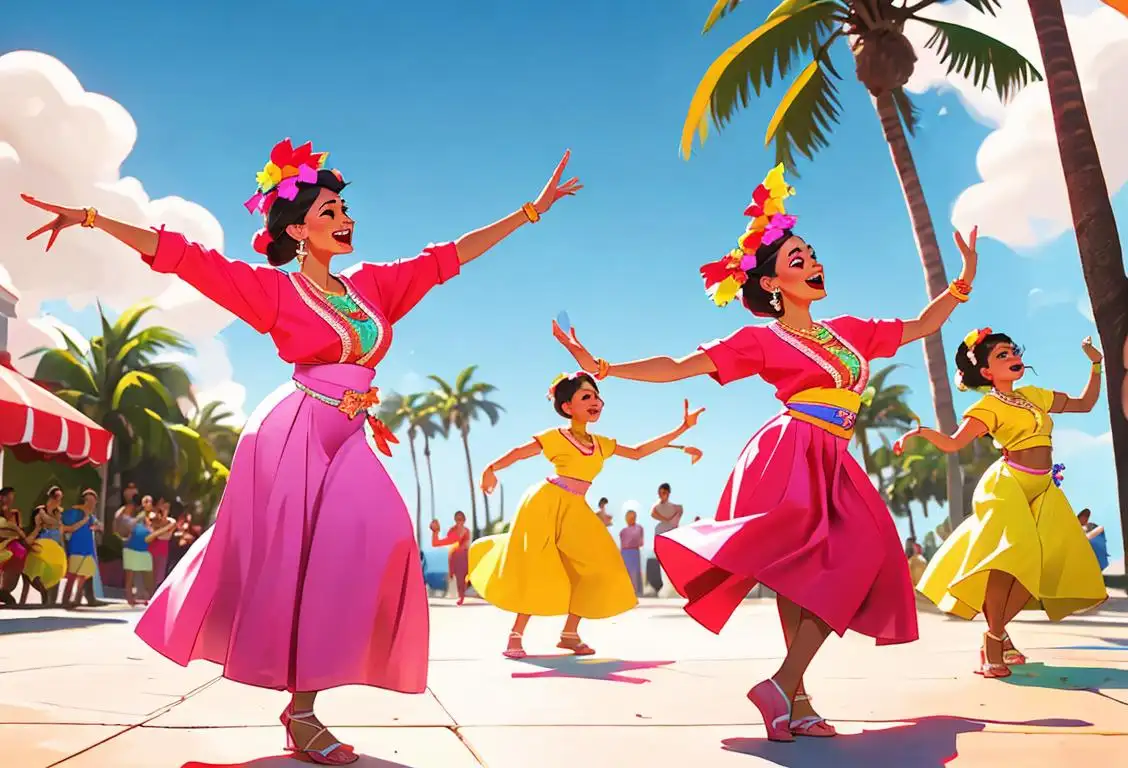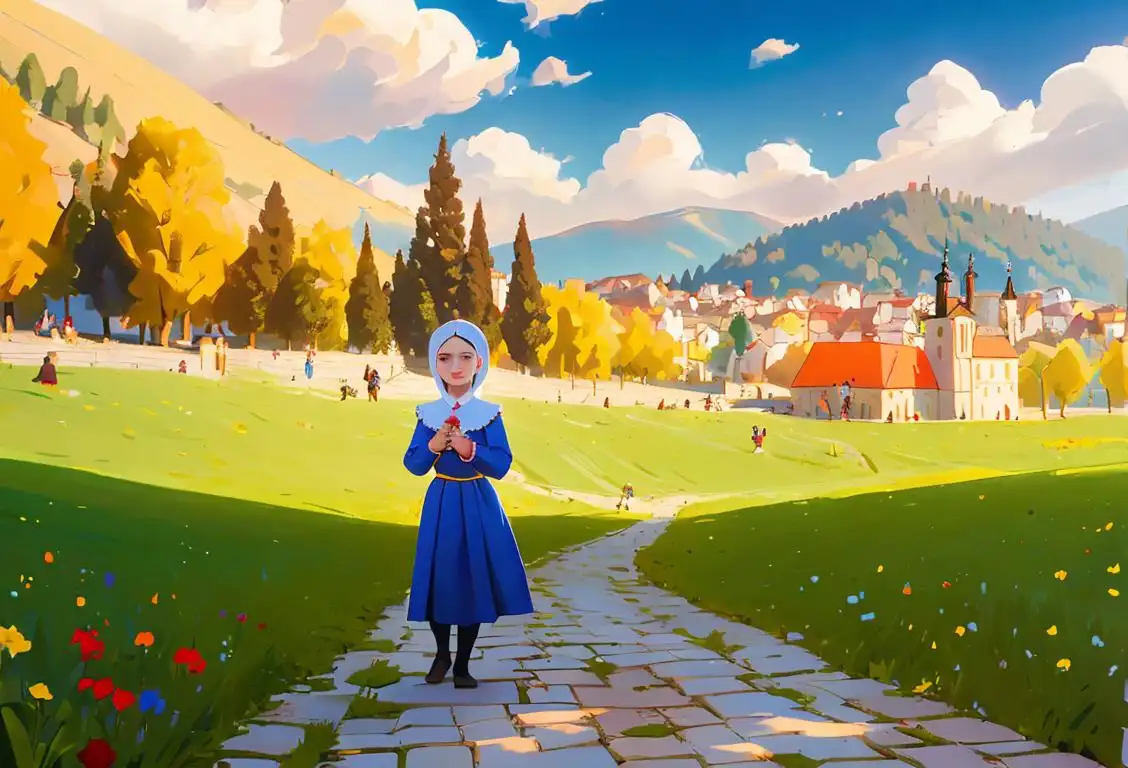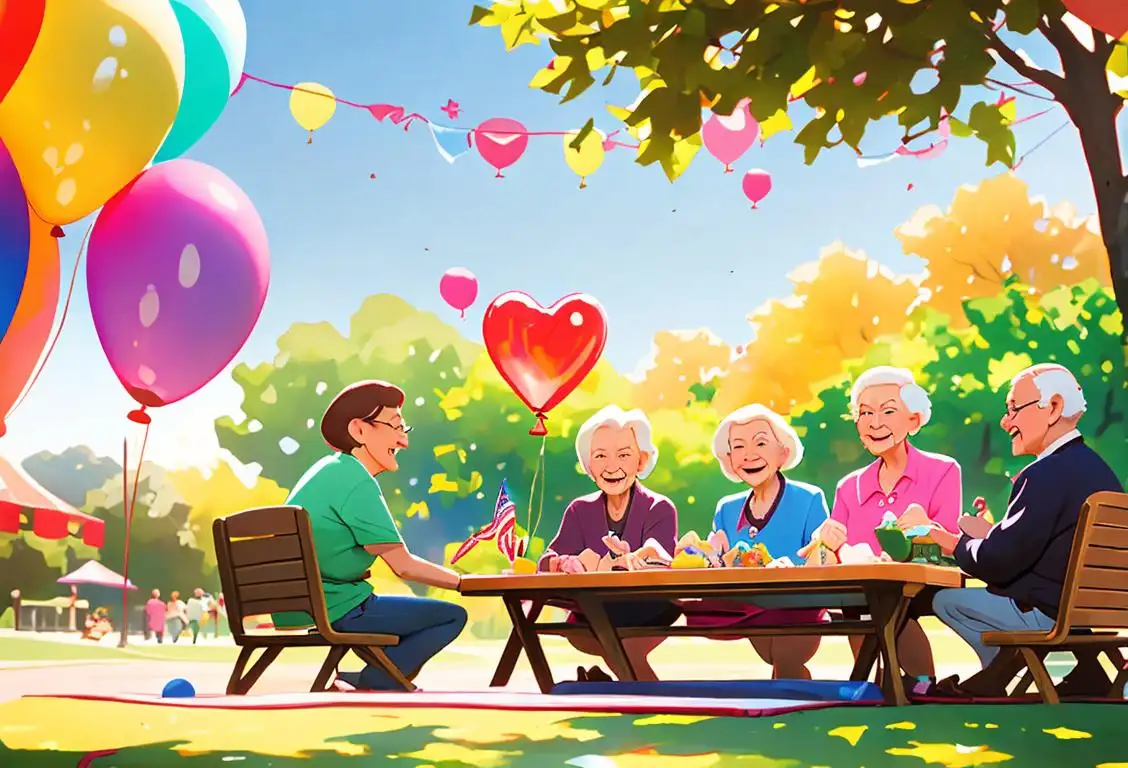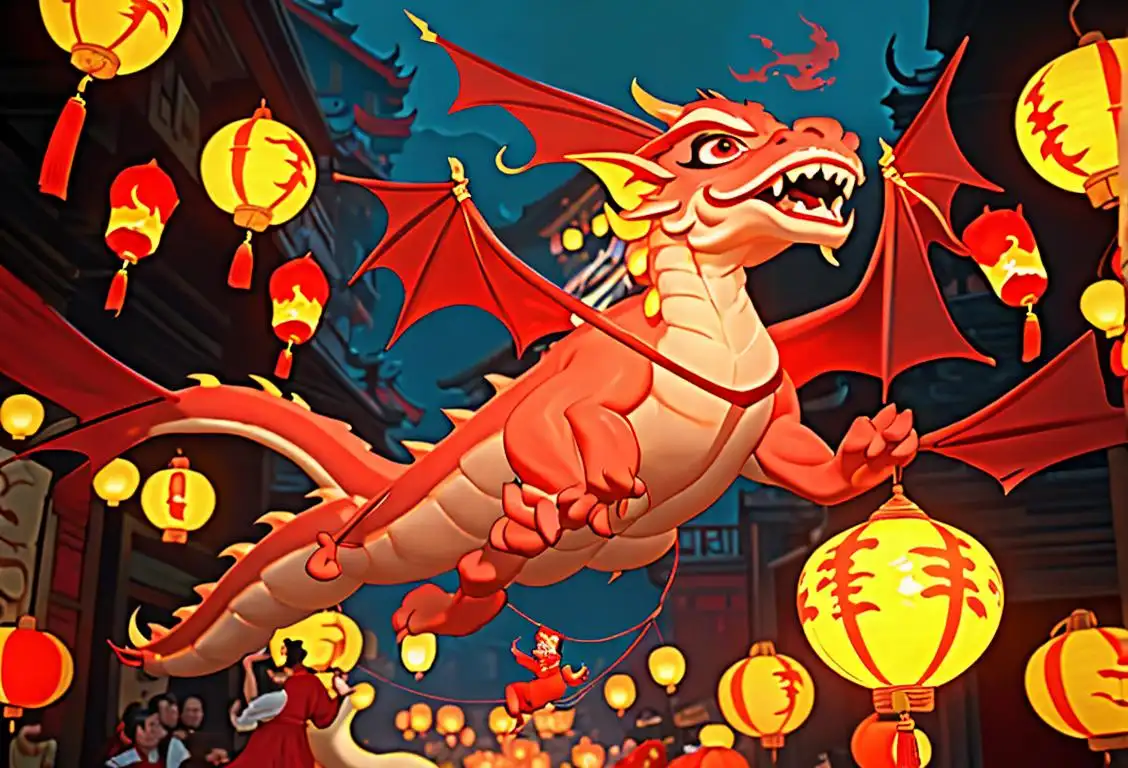National Tea Day
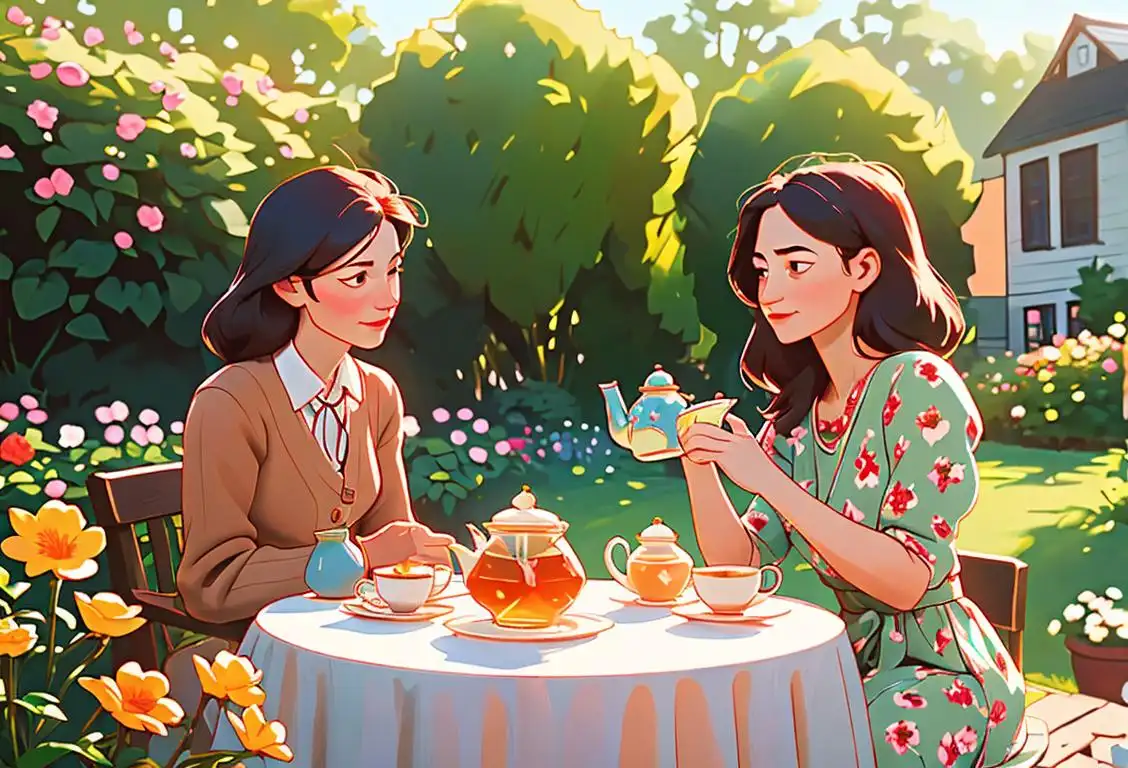
Hold onto your teapots, folks! It’s time to steep ourselves in the robust and flavorful world of National Tea Day. A day that is as much for Earl Grey aficionados as it is for sweet iced tea enthusiasts. This joyous day has had its fair share of history and transformation, as it's raised mugs, kettles, and teapots in gusto over the years.
When is Tea Day?
It's national tea day on the 21st April.
A Glimpse into the Past
National Tea Day, a day that has con-TEA-nually churned online mentions reaching a peak on April 21, 2017, has its history beautifully steeped in the world's love for this refreshing brew. On this day, people all over the globe dust off their teapots and pay homage to the second-most consumed drink in the world, right after water.
Tea-riffic Recognition
This annual celebration is all about admiring the cultural importance of tea and appreciating its diverse flavors. Coming together over a cuppa has been a bonding ritual that has brewed intimacy among families, friends, and loved ones over the years.
The Tea-volution Will Not Be Televised
With a multitude of tea types and blends available, this holi-day gives everyone the freedom to sip their favorite cup in true rebel-TEA style. From herbal to black, from oolong to matcha, the tea-volution over these years is amazing! National Tea Day is the day when avid tea-drinkers laugh in the face of coffee and raise their teacups high. And those who don't? Well, as the British say, a cup of tea solves everything.
History behind the term 'Tea'
2737 BC
Ancient Legend
According to a popular Chinese legend, tea was discovered accidentally by the Emperor Shen Nong in 2737 BC. While boiling water in his garden, some leaves from a nearby tree fell into the pot. Intrigued by the pleasant aroma and taste, he drank the infused water and found it refreshing. This marked the serendipitous beginning of tea.
618-907 AD
Tang Dynasty
During the Tang Dynasty (618-907 AD) in China, tea drinking became more widespread and refined. Tea leaves were processed and compressed into brick-like molds, making it easier to transport and trade. The Tang Dynasty also saw the emergence of tea houses, where people could gather to enjoy tea, poetry, and music, contributing to the cultural significance of tea.
16th Century
Introduction to Europe
Tea was introduced to Europe in the 16th century through European traders and explorers, who encountered it during their expeditions to Asia. Initially, tea was a luxury item enjoyed by the elite due to its high cost and limited availability. However, its popularity grew, and by the 17th century, tea had become a fashionable beverage in Europe.
1773
Boston Tea Party
A pivotal event in the history of tea was the Boston Tea Party, which took place in 1773. In protest against the British government's taxation on tea, American colonists dumped several chests of tea into Boston Harbor. This act became a symbol of resistance and played a significant role in the lead-up to the American Revolution.
19th Century
Tea Plantations in India
During the 19th century, the British established tea plantations in India to reduce their dependency on Chinese tea. This led to the widespread cultivation of tea in India and the famous Assam and Darjeeling tea varieties were born. India eventually became one of the largest tea producers and exporters in the world.
20th Century
Teabags and Instant Tea
The 20th century witnessed significant advancements in tea consumption. In 1904, the invention of teabags by Thomas Sullivan revolutionized the tea industry, making it more convenient for individuals to brew tea. Later, in the 1930s, instant tea was developed, enabling people to prepare tea quickly and easily by simply adding hot water to the powdered tea. These innovations made tea even more accessible and popular around the world.
Did you know?
Here's a fun fact: Did you know that according to Chinese legend, tea was discovered accidentally by Emperor Shen Nung in 2737 BC. As he was boiling water, a leaf from a tea bush blew in, brewing the first ever cup of tea!Tagged
food fun loved ones celebration history cultureFirst identified
3rd June 2015Most mentioned on
21st April 2017Total mentions
27071Other days
Tea Day
Puerto Rican Day
Romania Day
Chili Day
Senior Citizens Day
Nacho Day
Lasagna Day
China Day
Vodka Day
Cheese Pizza Day
